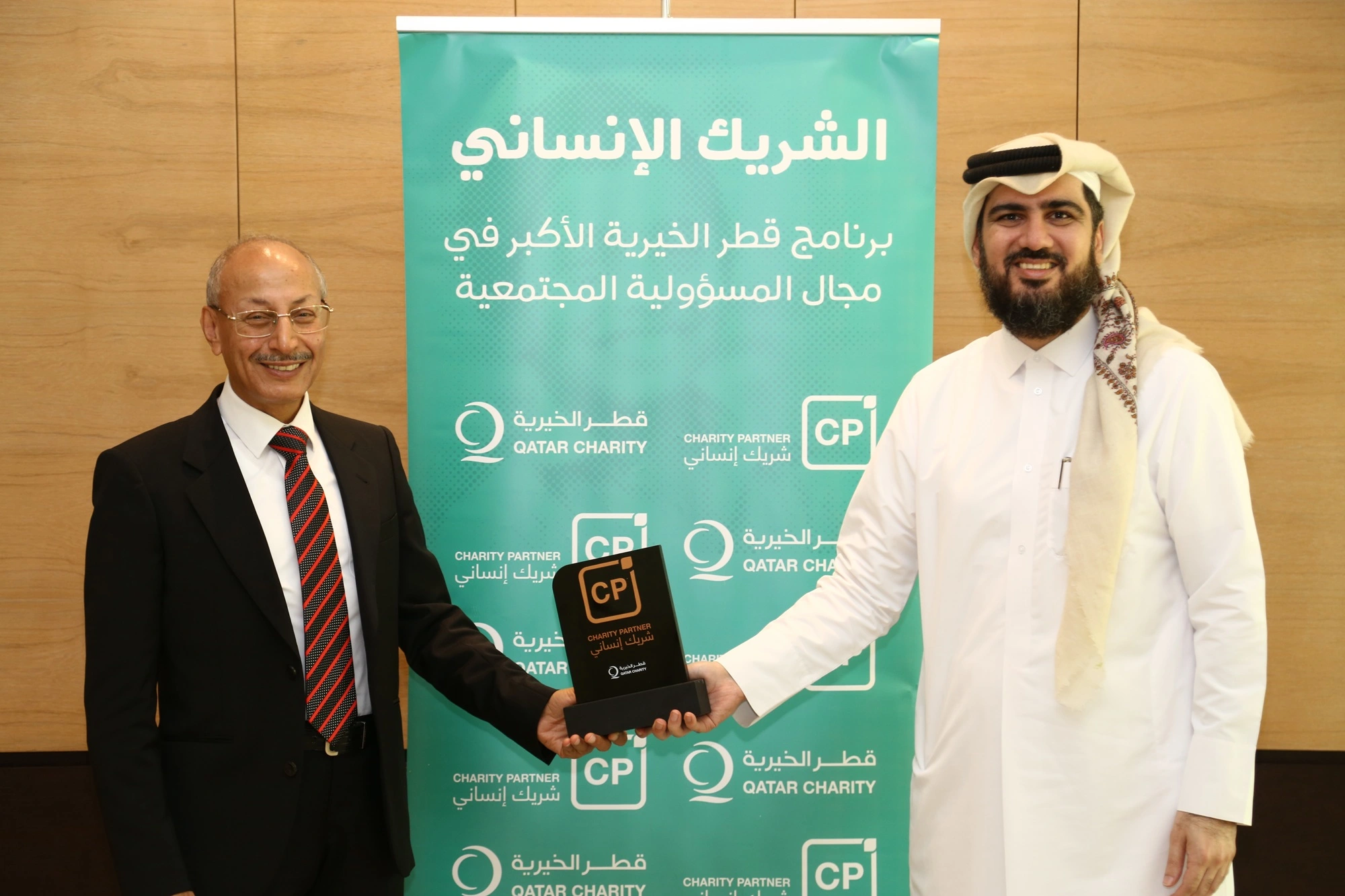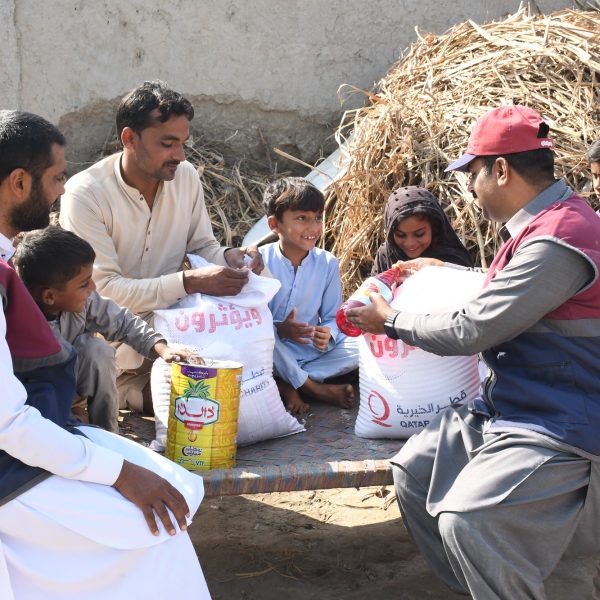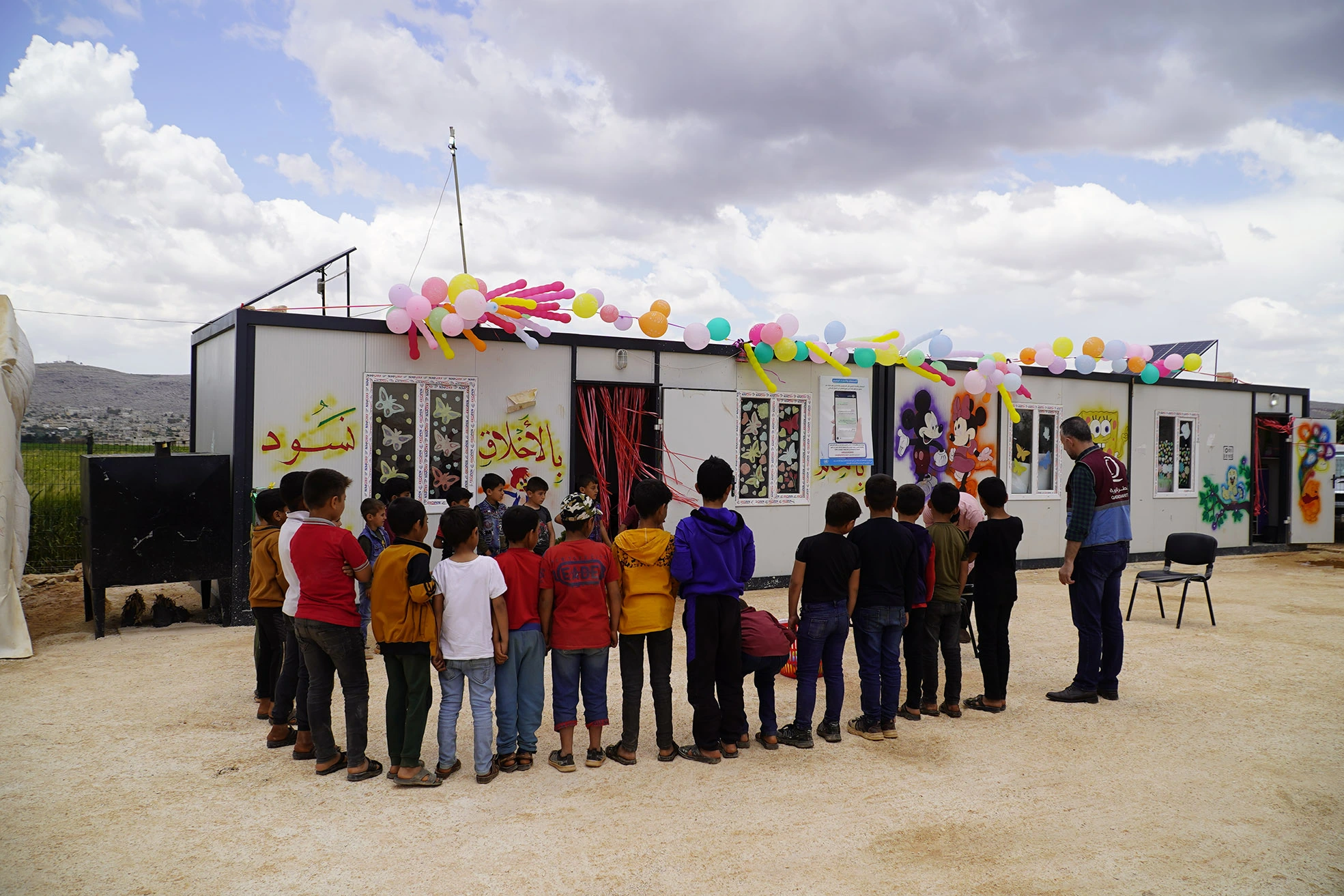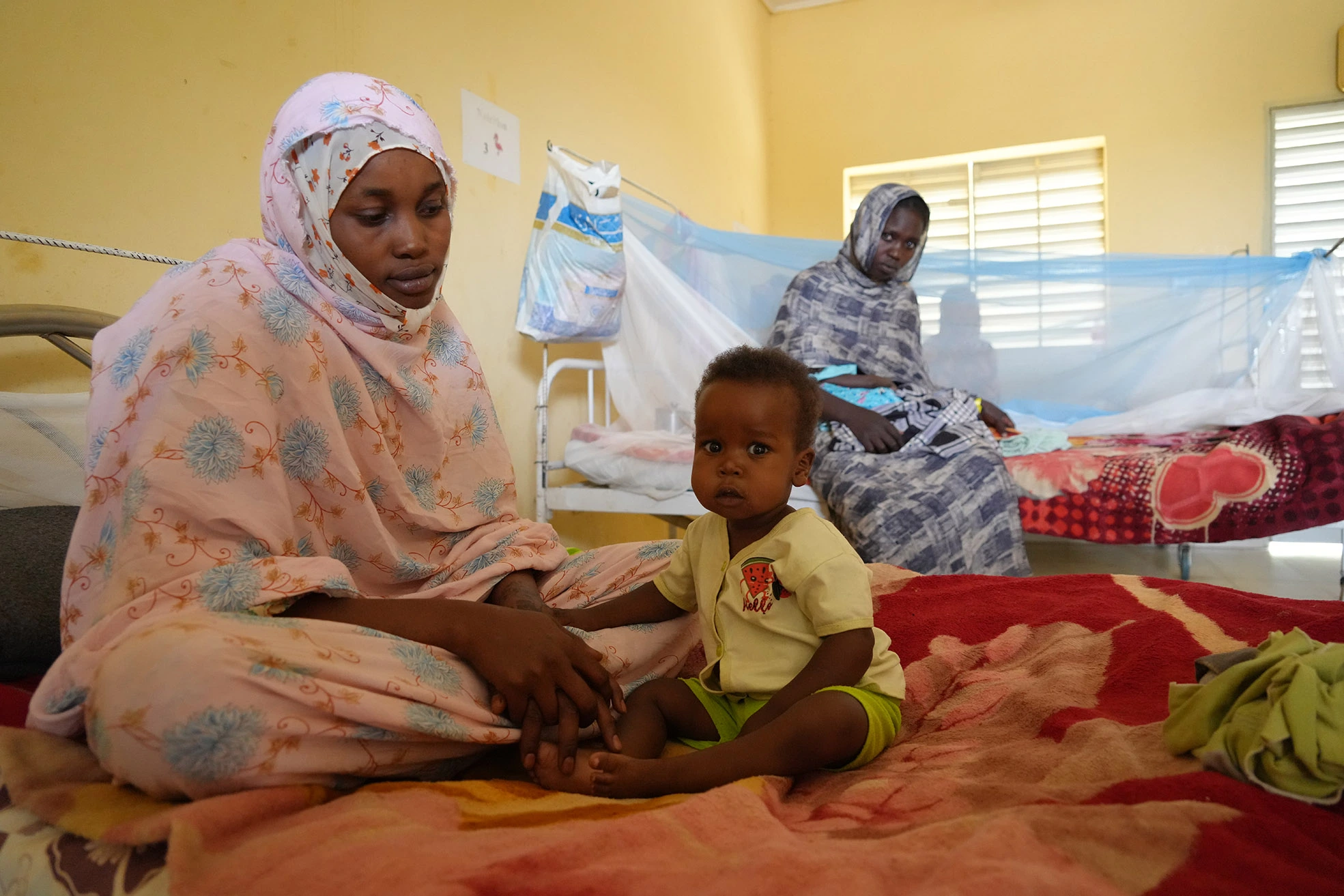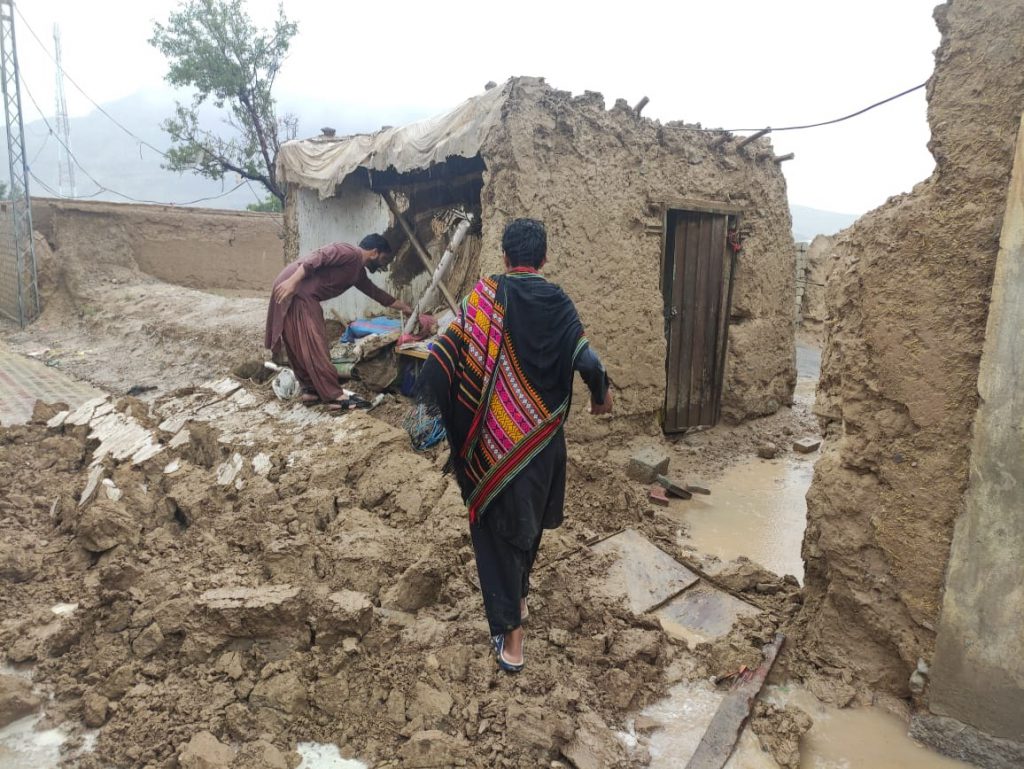Pervasive poverty stands out as one of the foremost challenges in delivering quality education to students across numerous countries worldwide. One of the main reasons behind this challenge is the lack of resources and difficult economic conditions experienced by these countries. However, practical steps can be taken to provide a dynamic educational environment even in these challenging circumstances.
Table Of Contents
- 1. Improving Educational Infrastructure
- 2. Developing Inspiring Educational Programs
- 3. Training Teachers
- 4. Promoting Digital Education and Technology
- 5. Encouraging Community Engagement
- 6. Enhancing Nutrition and Healthcare
- 7. Promoting a Culture of Motivation and Creativity
- 8. Promoting Learning Beyond the Classroom
- 9. Providing Psychological and Social Support Programs
- 10. Promoting Equality and Fair Opportunities
1. Improving Educational Infrastructure
Improving educational infrastructure is considered an essential step. Building safe schools equipped with necessary resources such as books, educational materials, and technology plays a crucial role in providing a conducive learning environment.
2. Developing Inspiring Educational Programs
Educational programs should fit the local culture and the actual needs of students. Interactive and innovative programs encourage active participation and bolster understanding and comprehension.
3. Training Teachers
Continuous training programs should be provided for teachers, as they play a crucial role in providing quality education. Continuous training enhances their skills that positively impact student learning experience.
4. Promoting Digital Education and Technology
Technology and digital education can enhance equal learning opportunities. Smart devices and the internet can be utilized to provide easily accessible and available educational content.
5. Encouraging Community Engagement
Education should be a collaborative effort among the school, family, and community. Encouraging the active engagement of parents and the local community can enhance support for students and motivate them to learn.
6. Enhancing Nutrition and Healthcare
Healthy students tend to do better in classrooms. Providing nutritious meals and improving primary healthcare can contribute to enhancing students’ focus and cognitive abilities.
7. Promoting a Culture of Motivation and Creativity
Encouraging students to think creatively and innovatively can boost their enthusiasm for learning. Integrating arts, music, and creative activities into the curriculum promotes more engaging and exciting learning experiences.
8. Promoting Learning Beyond the Classroom
Learning extends beyond the classroom walls. The learning environment can be enhanced through educational trips, field activities, and workshops outside the classroom, thus promoting the application of educational concepts in real-life situations.
9. Providing Psychological and Social Support Programs
Many students in impoverished countries suffer from psychological and social pressures. Providing psychological and social support programs can play an important role in enhancing students’ mental and emotional health, positively impacting their educational experience.
10. Promoting Equality and Fair Opportunities
Educational opportunities should be available to everyone without discrimination. Promoting equality in access to education and ensuring fair opportunities for all, regardless of gender, race, social class, or environment, contributes to building more sustainable communities and effective development.
Providing a vibrant educational environment in impoverished countries requires integrated and sustainable efforts. By providing necessary resources, developing educational programs, enhancing the role of teachers, and effectively utilizing technology, a positive transformation can be achieved in the learning experience of children in these countries. Progress cannot be achieved without focusing on improving the educational environment, which is the cornerstone of building a brighter future for future generations.


